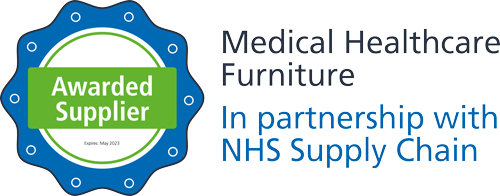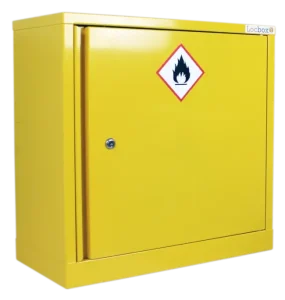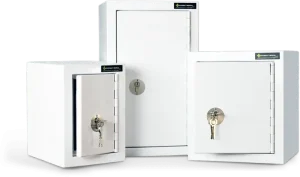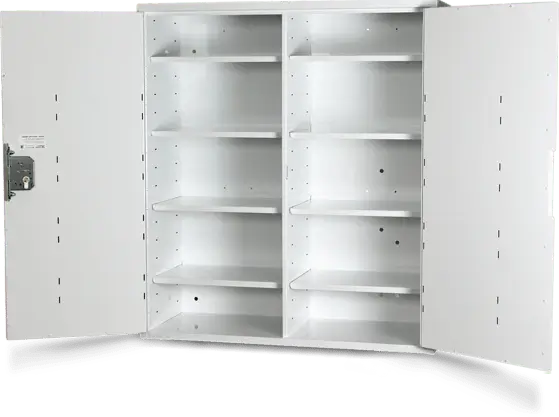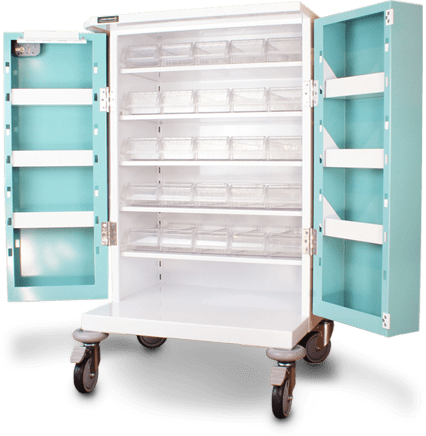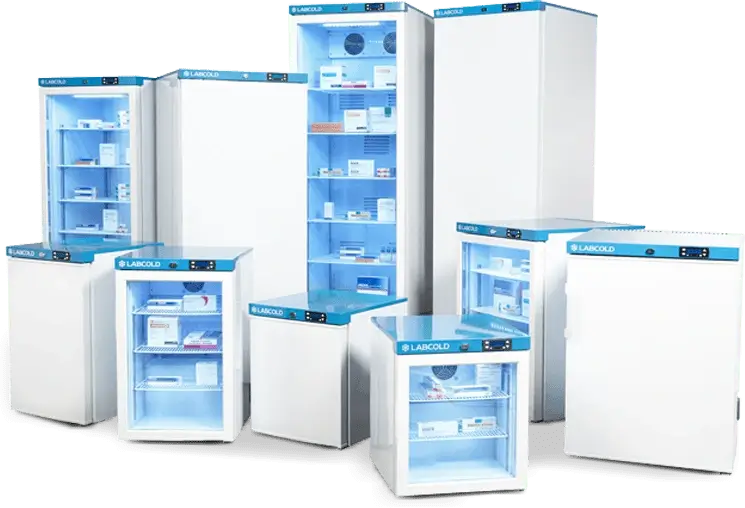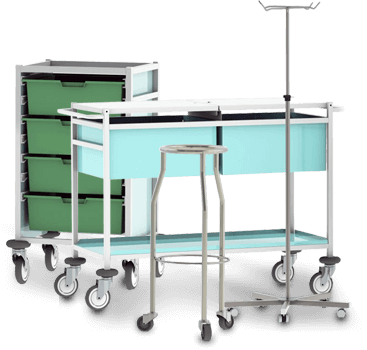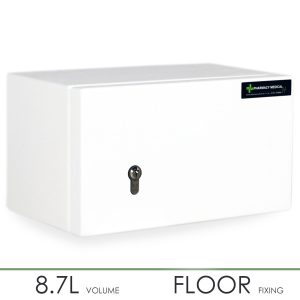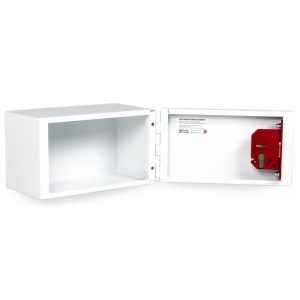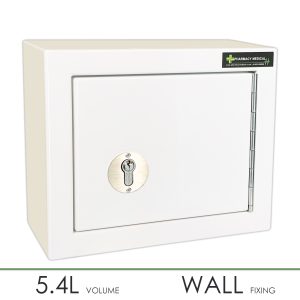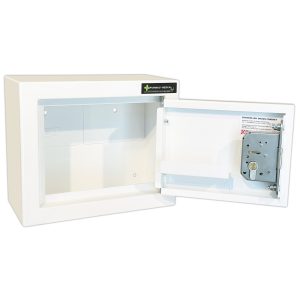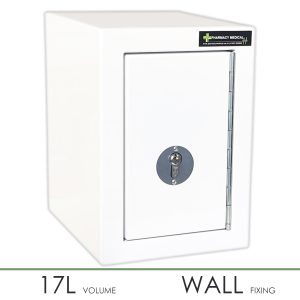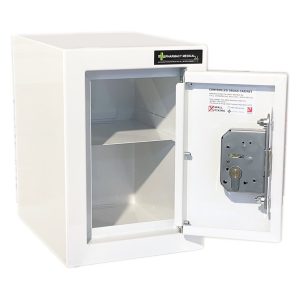Pharmacy Medical Drugs Cabinets
The Process of Manufacturing Controlled Drug Cabinets
Here at Pharmacy Medical we do everything we can to show you how we do things. That includes how we manufacture the items we offer. Unlike some others, we actually manufacture all of our CD, medicine cabinets, drugs trolleys and the majority of our hospital furniture ourselves. The following video shows you an overview of the processes involved.


